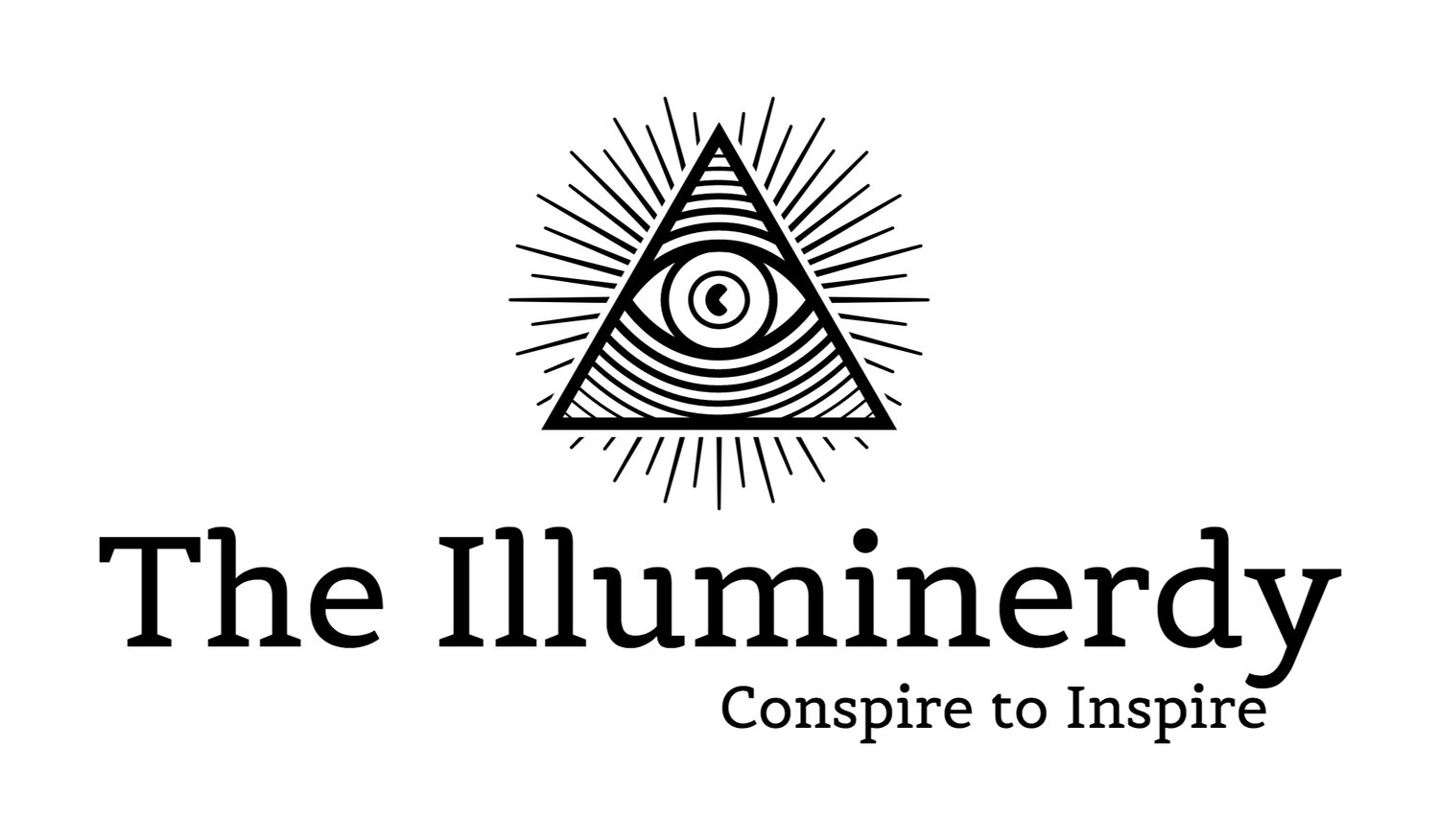It's only been a few days since we first talked about the mysterious Ambrose Bierce. He was definitely a Civil War hero, an author, a journalist, and a gold mine manager; he might have also been a dark sorceror, a murderer, and/or a witch-hunter descended from one of the earliest English settlers in North America. One thing though, is certain: it is Ambrose Bierce who first brought us into the world of the King in Yellow. Despite Bierce's relatively modest upringing, he was -- as an adult -- no stranger to the halls of power, the real Bierce also became a fierce opponent of some of the nation's most powerful men, crusading (perhaps literally) against rail barons and steel tycoons at the urging of his friend William Randolph Hearst. This battle -- largely fought over whether the railroads should have to repay a generous loan from the U.S. government used to build the Transcontinental Railroad -- drew Bierce to Washington D.C., a city famously built by sinister Freemasons on a Luciferian bleuprint designed to usher in an eventual New World Order. I'm sure Bierce's great-great granddad would have rolled in his Puritan grave. Of course, Bierce's home (which, incidentally, is still standing) was on Logan Circle, one of the points of a devilish Pentagram built into Washington's streets.
Or maybe it's the Elder Sign. More on that later.
Whether it was the pentagram, the old head wound, or some old family wisdom, there can be little doubt that our Bitter Bierce saw things that other men did not. Writing at the turn of the 20th century, we see start to see the first clear inklings that Ambrose Bierce was a prophet, when he presaged the assassination of President William McKinley by most of a year in a poem (allegedly) about the previous assassination of Kentucky governor William Goebel. The ensuing controversy -- in which people variously accused Bierce of being complicit in the McKinley assassination or the inspiration for it -- eventually forced Bierce out of the journalism business, ending a decades-long friendship with Hearst, and Bierce's membership in Hearst's occult summer camp at Bohemian Grove.
Although Bierce did write some fairly standard fiction (which, in your game, might be heavy with prophecy), he also wrote some really weird stuff. Ghosts refusing to acknowledge their own deaths seems to be a repeating theme (see his Occurrence at Owl Creek Bridge), but perhaps his greatest contributions were to come in the short story "An Inhabitant of Carcosa," where he introduced the world to that "ancient and famous city of Carcosa" -- along with (Lake) Hali, the Hyades, and Aldeberan -- in a tale supposedly relayed to a medium by a long-dead spirit named Hoseib Alar Robardin. English majors the world over understand this to be a literary device, but in your game it might be evidence that Bierce (or his associates) could communicate with the dead from distant (or parallel) worlds.
It's commonly understood that Robert Chambers added Hastur and Carcosa's sinister ruler -- the King in Yellow -- to the Carcosan mythos (which would, in turn, be subsumed into the larger Cthulhu myth structure by a young author named H.P. Lovecraft), but I think we're all better off (if we're trying to make interesting games, anyway) if Bierce is the Yellow King's first accomplice and herald, or maybe last warrior fighting to prevent him from stepping onto our world from the sunless, blasted ruins of Carcosa. Isn't it possible that Bierce knew as much (or more) about the King in Yellow than his successors, but chose to obscure the terrible demi-god when he shared the warnings he received from the spirit Robardin?
So our Bierce might be a tortured prophet, a monster-battling Paladin, or the vanguard of an ancient slumbering evil. Whatever his motivation, by 1913 a seventy one year old Bierce had decided to take a tour of the civil war battlefields on which he had fought. This might be the last quest of a noble night errant, or a mad sorcerer's vain attempt to interrogate the ghosts of those he had slain in battle. Either way, our strange bitter Bierce just kept going once his tour was done, traveling through Louisiana and Texas to Mexico, where he supposedly joined Pancho Villa's army and observed some of the bloodier battles of the Mexican revolution.
Ever a busy man, there's no reason your Bierce couldn't have founded the Santa Muerte death cult (which could, of course, be just another front for our friend the King in Yellow). Or maybe he was using the resources of Villa's army to battle old King Amarillo and his master Hastur. Of course, this all depends on which side your Bierce is on.
Bierce is known to have followed Pancho Villa until at least late December 1913, when he (allegedly) authored a letter his friend Blanche Partington declaring that he was "leaving tomorrow for an unknown destination." And then he disappeared without a trace. It's been variously suggested that Bierce was executed by Villa's army and buried anonymously, or that his trip to Mexico was actually a hoax or an error, and that Bierce must have...disappeared from somewhere else. The one fact not in dispute was that he was gone.
We'll probably never really know what happened. Me? I think he went home to that ancient and famous city on the shores of Lake Hali. Perhaps Bierce -- that herald of the Yellow King -- was himself the last inhabitant of Carcosa. Welcome home.


